TechRadar Verdict
The Sky Soundbox is a fantastic-sounding speaker that packs premium technology into what is a puzzling form factor. When bought as an existing Sky customer, though, it offers great value for money.
Pros
- +
Premium sound
- +
Easy setup process
- +
Intuitive sound modes
Cons
- -
Box-like chassis not for everyone
- -
No Dolby Atmos
- -
Only one HDMI in
Why you can trust TechRadar
The Sky Soundbox is an unexpected but welcome arrival from Sky. Given the satcaster is better known for its set tops and myriad subscription channels, branching out into new hardware wasn't exactly where we say the company going. But what we are seeing is a new Sky that's cementing its future where it can, in a world that's fast turning to streaming to get its media.
The launch of Sky Q in 2016 marked a massive turning point for the company. It brought Sky kicking and screaming into the new world of broadcasting, adding things such as multi-screen viewing, 4K content and voice control. It was needed, given the rise of Netflix and other streaming upstarts looking to pinch subscribers where they can.
Sky had to refresh itself and show that its offering wasn’t just the best from a content perspective but a hardware one, too.
The thing was, while it could control the picture quality it offered (4K, yay!), audio was left wanting. There was a fair chance sound was being pumped through a TV’s speakers, speakers that have become a second thought as screens become even thinner.
Sky’s solution has been to try and fix the problem by teaming up with high-end audio supremos Devialet and jump into the burgeoning all-in-one speaker market with the Sky Soundbox.
Design and features
The clue to the design of the speaker is in its name. Sky (and Devialet) have decided to forgo the usual soundbar design for something that’s more retangular and chunky.
Did we mention it’s chunky? It’s the first thing you notice about the speaker when you take it out of its packaging (slick packaging we might add, Sky has really made the device feel premium from the off), aside from the sheer size of the thing. It’s packing a lot of timber, at 37.5 x 21 x 9.5cm.
Sign up for breaking news, reviews, opinion, top tech deals, and more.
It weighs a hefty 4kg, too, so be careful when you are taking it out of the box.
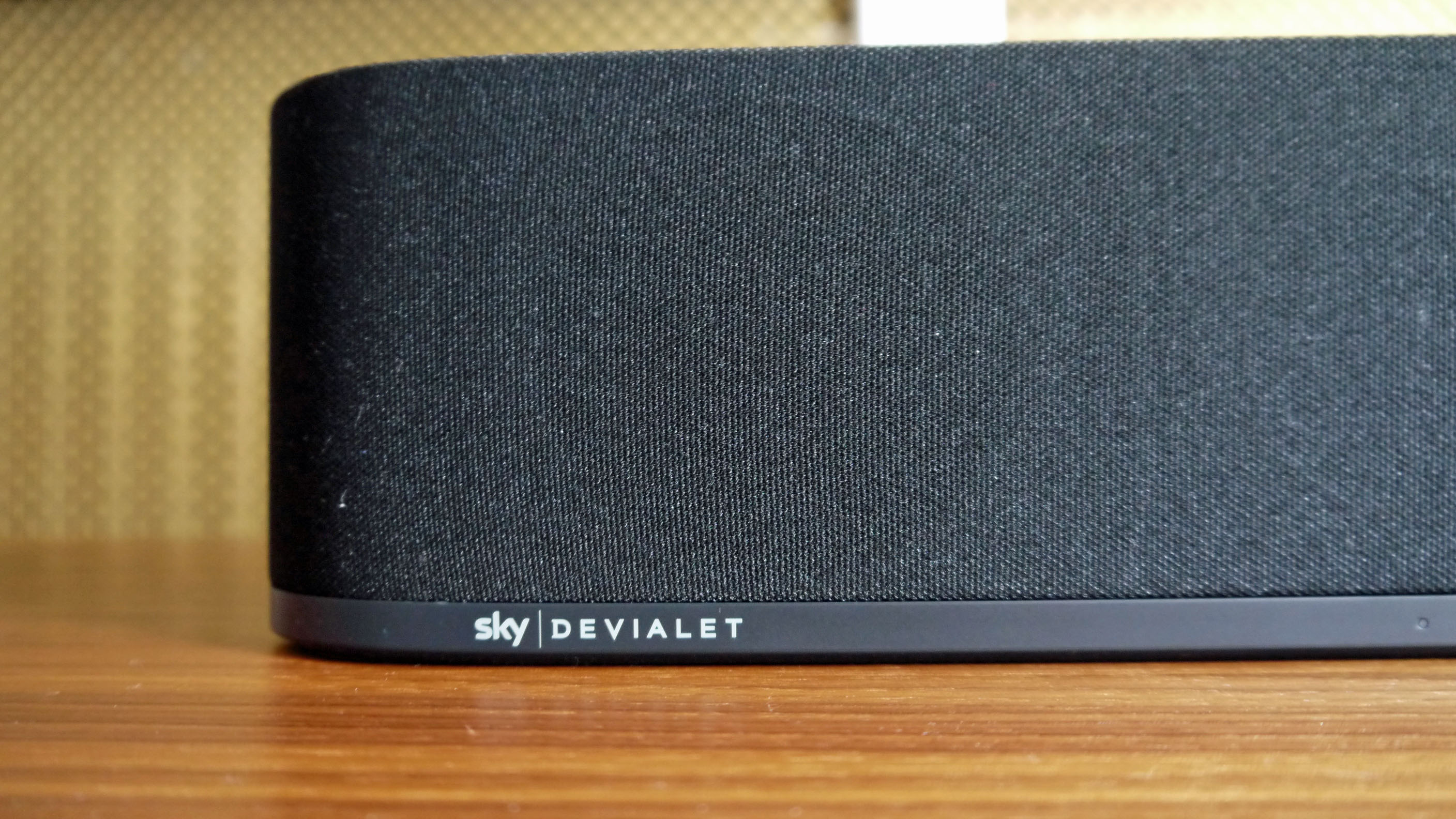
It’s a decent design and it’s clear that it’s taken a number of cues from the look of the Sky Q boxes. It’s black for a start with a nice and thick speaker grill stretching around the front of the device that packs a punch with its six 7.5cm woofers (four of which are on the sides) and three 5cm drivers.
Both Sky and Devialet’s logos are nestled on the lower left of the Soundbox and Sky’s branding is on the top. Underneath this are four buttons: volume control makes up two of these, then there’s a power button and one to toggle through inputs (HDMI, optical and Bluetooth).
Flip the speaker around and you have a optical in (which is a good thing as there’s no ARC support), HDMI in, HDMI out, a power cable slot and USB, as well as Dolby Audio branding - not Dolby Atmos, but more on this later.
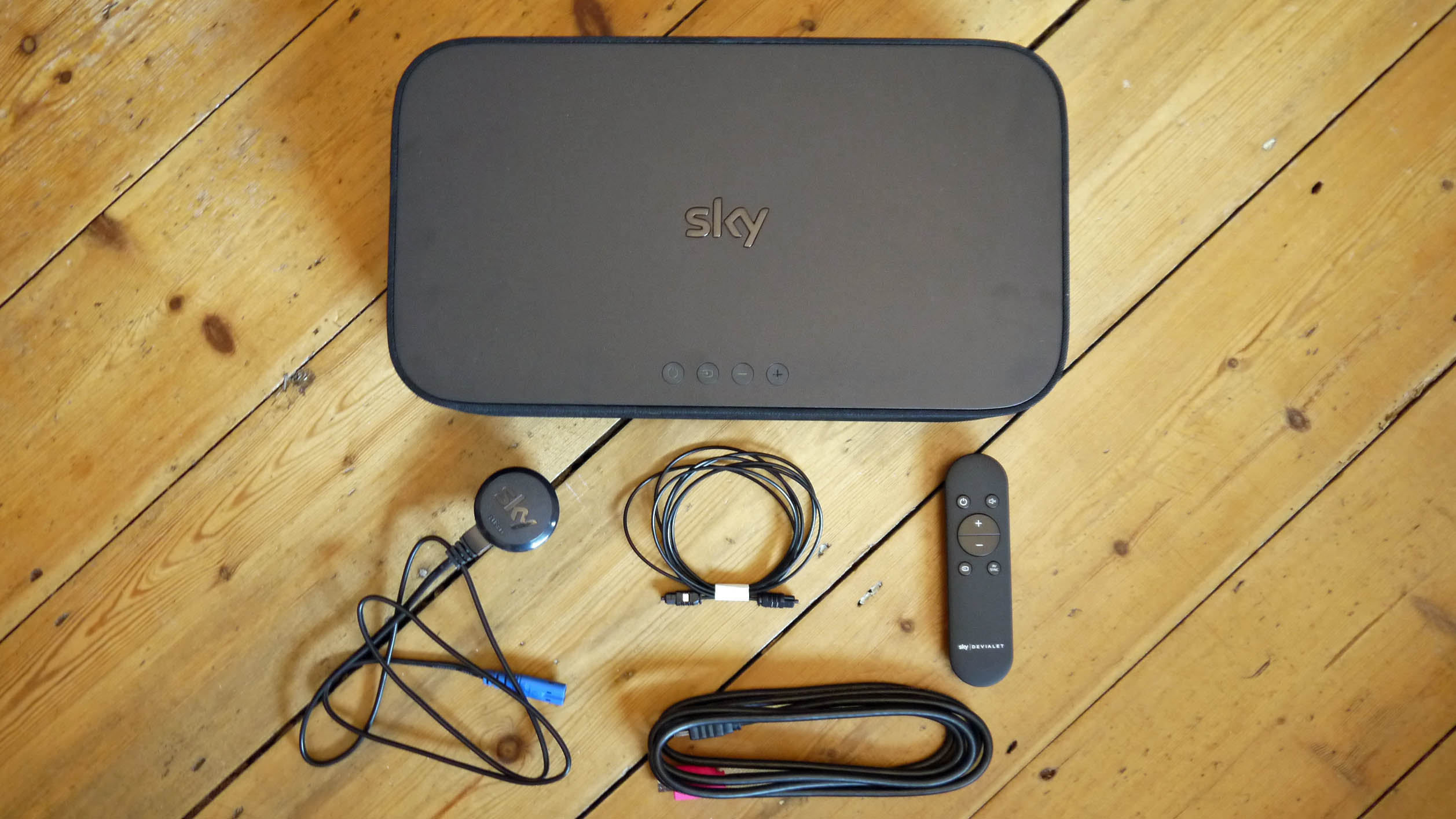
The Sky Soundbox has a design that won’t fit all rooms. There are a number of caveats when setting it up too, but ones you will be familiar with if you already use an all-in-one speaker system. For a start, it needs to be central in the room and it needs to have the minimum of 15cm of space around it for the speaker to pump out its audio effectively.
Oh, and don’t think you can plonk your Sky Q box on top of it either, this is another thing that isn’t recommended - although we actually did this, not because we are rebels or anything (we’re the sort of people that don’t complain when given the wrong coffee) but just to show the size of the box in relation to a Sky Q mini.

If you have a space that adheres to all of the above, then it’s hard to be disappointed with the Sky Soundbox because it sounds great.
The sound modes really do make a difference to what you are watching. We were given a number of demos of a variety of the modes and were impressed with the difference they offered.
They are all there for real-life reasons too. For instance, there is a Kids mode that controls the maximum volume so young ears aren't damaged. There is also a Speech mode that really works. We watched a clipped of the notoriously mumbly Interstellar and with Voice mode activated it made Matthew McConaughey's Souther drawl crisp and clear.

Another great addition is Late Night mode. No, it doesn't add a bass line and raunchy music to what you are watching but instead takes out any sound that will travel (low bass and the like) so you can watch a movie when everyone's gone to bed and actually hear it without waking the whole house up.

Performance
Setting up the Sky Soundbox is simple. Sky’s use of colour-coded HDMI cables means that you won’t get lost switching cables around. We got it all setup in a few minutes and that included mapping the Sky remote to work with the Soundbox. It does come with its own remote - similar in look to the Sky Q remote but size-wise it's more in keeping with the one supplied with the Amazon Fire - but we much preferred keeping things to a single clicker.
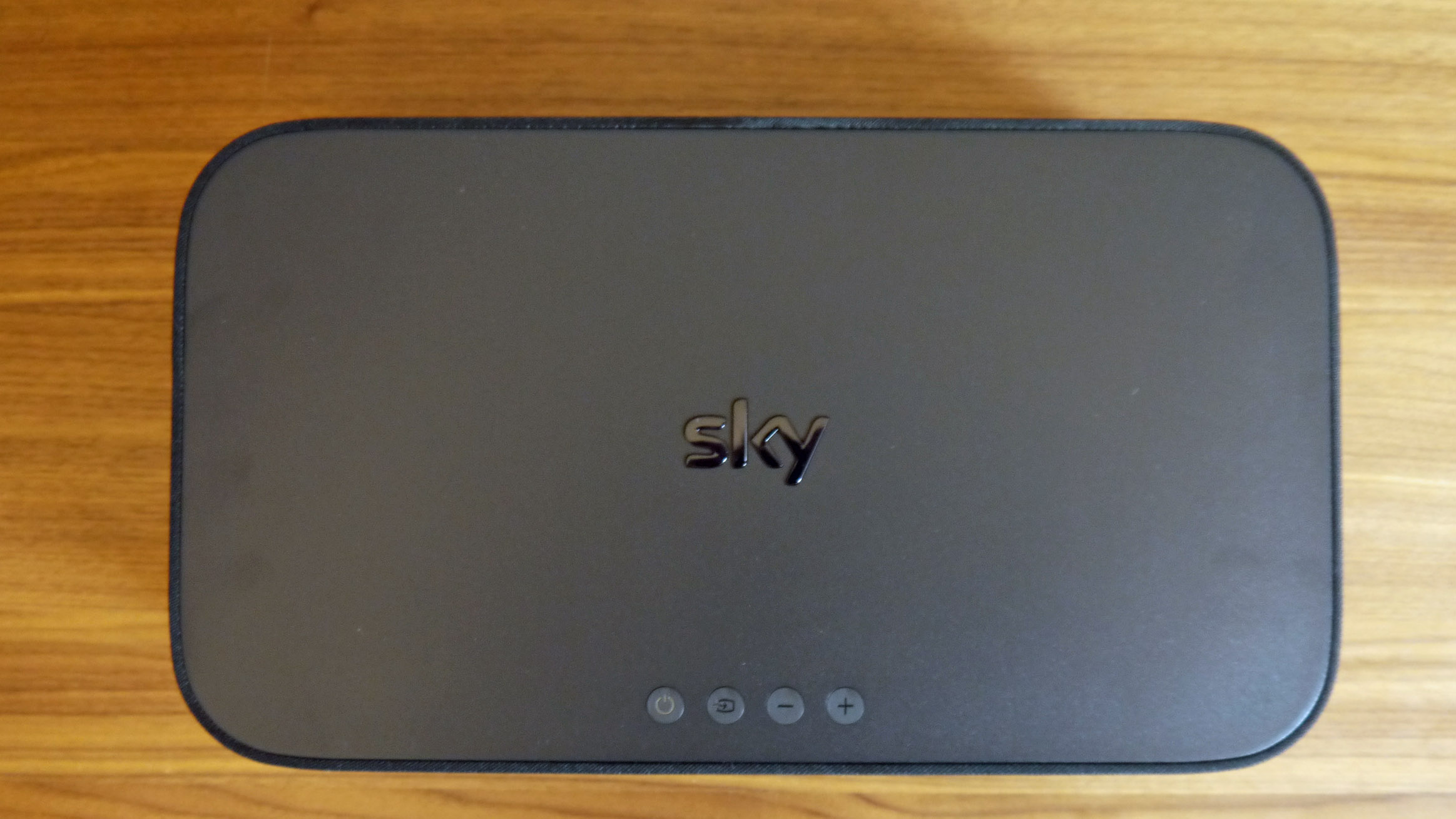
You also get an optical cable and HDMI lead in the box. Interestingly, even though both options are there to get the sound out of the system, some of the remote options aren’t available if you use the optical cable.
Once setup, pressing the ‘?’ button on the Sky remote will give you access to three sound modes: Kids, Voice and Late Night. Kids and Late Night offer a sound limiter (which doesn’t impede the quality, just reduces bass and other sounds that carry) while Voice enhances the, er, voice. Trying it on Interstellar we could actually figure out what Matthew McConaughey is mumbling underneath Hans Zimmer’s soaring score.

Aside from these modes (we like that Sky has kept things incredibly simple here), there is Q Sound where you don’t actually have to do anything - the box knows if you are on Sky watching a film, sports or listening to music and will intelligently adapt the sound to fit. Another neat bit of audio magic is supplied by Devialet and found in its more premium range of speakers and that’s its own auto volume sound processing.
This feature worked well. We definitely found ourselves less inclined to grab the remote when watching Doctor Strange and its occasional transition from quiet talky scenes to ‘this is a freaking superhero movie so we need explosions and loud bass’.
That said, this effect did dampen the audio a little. So while it remedies sound jumping all over the shop, it takes a bit of bite out of is as well.
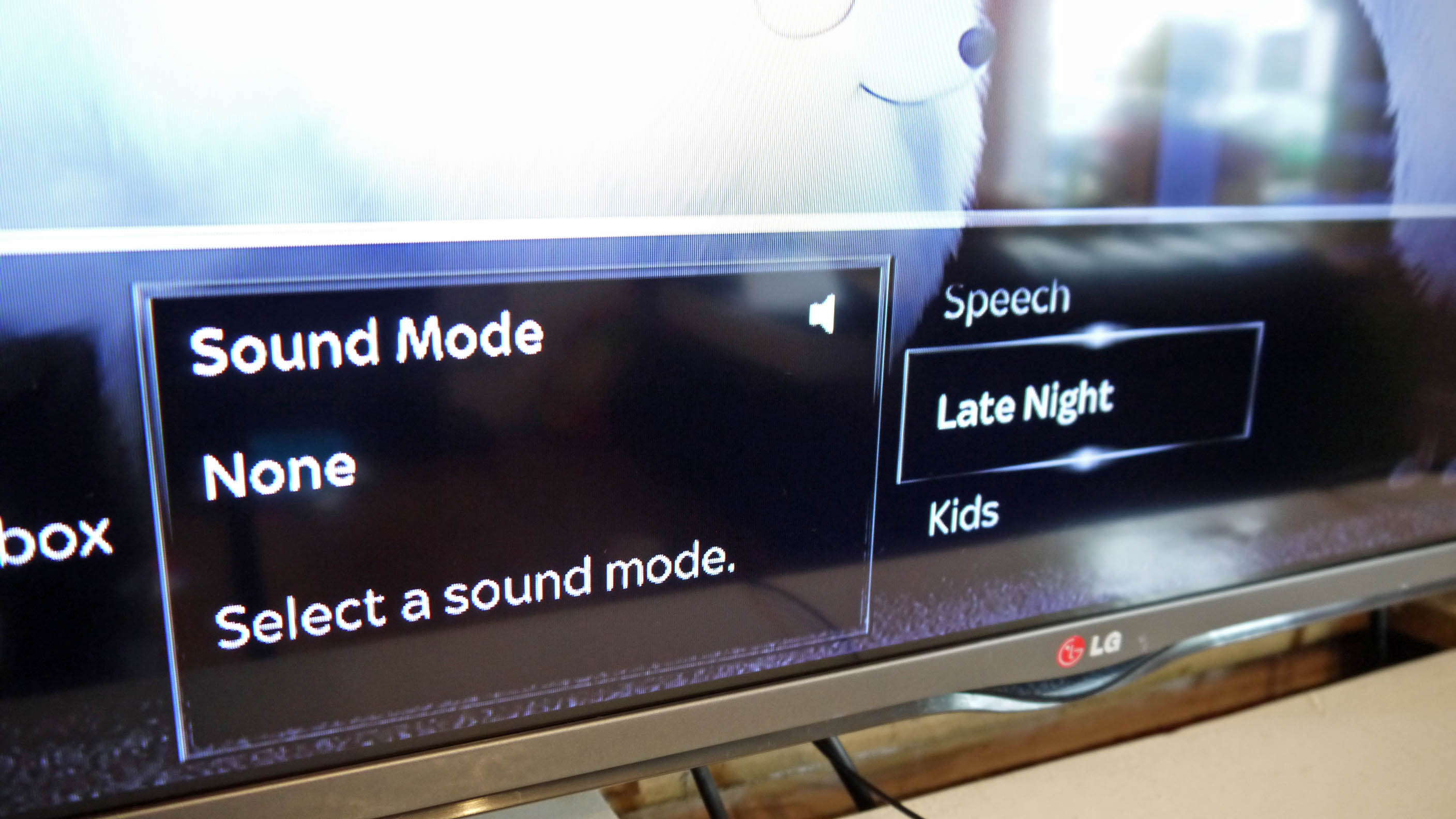
Whether watching a movie, football match or listening to music (hooked up through Bluetooth) the Sky Soundbox never failed to impress thanks to Q Sound. The rumble of spaceships in Rogue One, the soaring Let It Go from Frozen, Passengers bombastic score - all were clear and immersive with the Soundbox producing audio that far surpasses its physical footprint.
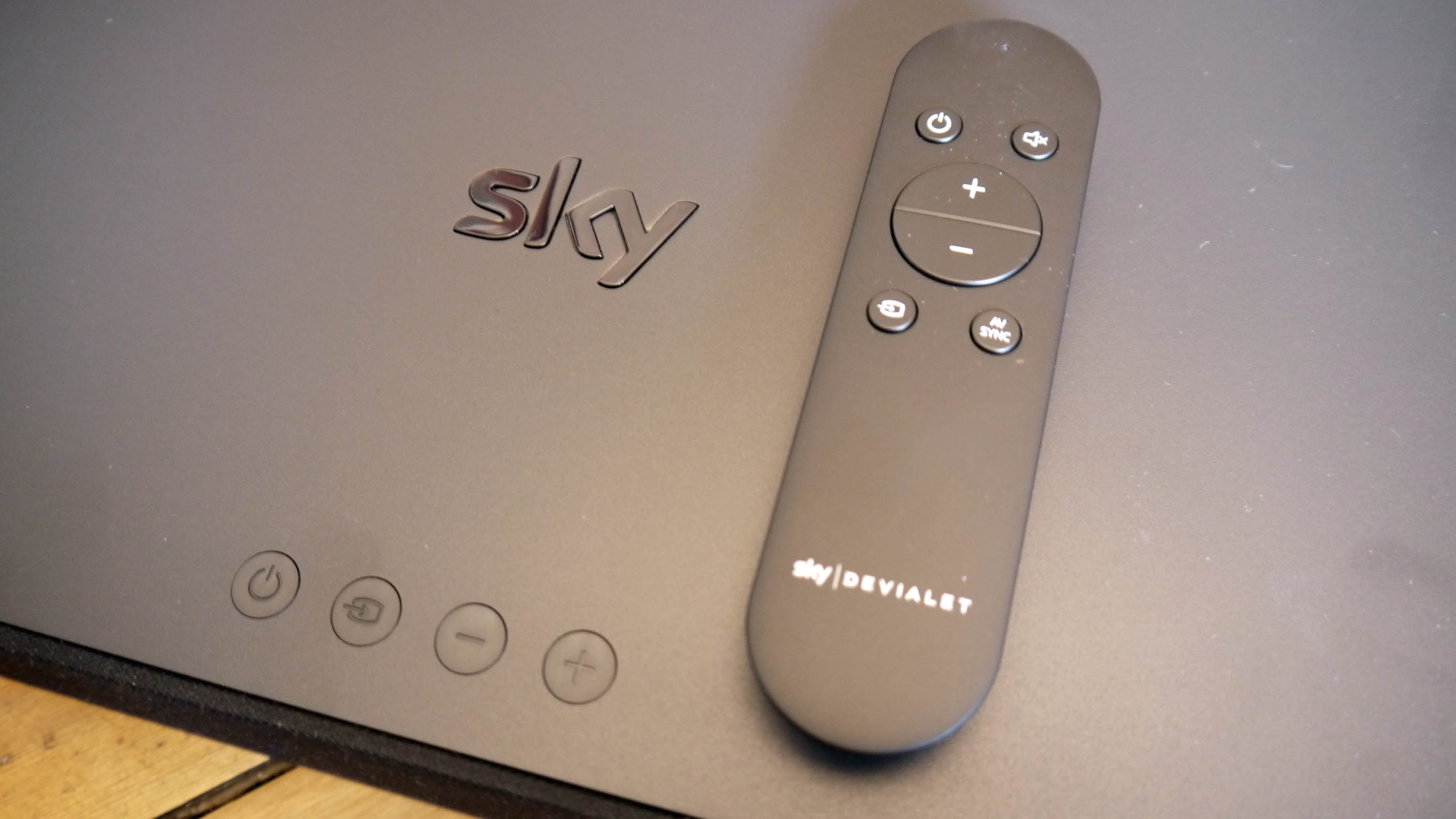
Q Sound does a commendable job, too, of picking out the right parts of the audio depending on what you are watching. Watching Man Utd vs Spurs, the ball sound felt elevated and the crowd had more oomph. On the music side, Bicep’s Glue gave the bass a challenge which the Soundbox happily accepted, while the propulsive How Do You Sleep by LCD Soundsystem was great on the system.
Everything sounds immersive, and that’s the description Sky uses as well, but the Soundbox doesn’t support Dolby Atmos. This would be fine if Sky hadn’t done a song and dance about supporting Atmos through the Sky Q service, making it a strange omission. That said, the technology isn’t available to Sky+ customers who won’t feel its absence.
Final verdict
It’s clear that the technology on display in the Sky Soundbox is impressive. The box - without the limiters of Kids and Late Night mode - can go extremely loud with sound clarity rarely dropping. It looks and sounds like an £800 speaker, which is what it is if you aren’t a Sky customer. But, then again, you wouldn’t really want a Sky-branded speaker in your house if you haven’t signed up to the church of Sky would you?
And that’s what makes the Soundbox so enticing. At £299 (or £249 if you have a multiscreen subscription) it’s a no brainer… as long as your TV and room is setup in a way that can accommodate it.
Its box shape does leave us scratching our heads a bit though. You can’t balance your television on top of it (like the Sonos Playbase) and you can’t have it sit right in front of your TV (like pretty much any soundbar). Instead it will have to be on a shelving unit or TV stand but one that can give it the right amount of space around the sides for the sound to truly sail.
If your setup allows for this then you will be rewarded with a superb-sounding speaker.
- For our other top recommendations, check out our guide to the best soundbars.

Marc Chacksfield is the Editor In Chief, Shortlist.com at DC Thomson. He started out life as a movie writer for numerous (now defunct) magazines and soon found himself online - editing a gaggle of gadget sites, including TechRadar, Digital Camera World and Tom's Guide UK. At Shortlist you'll find him mostly writing about movies and tech, so no change there then.
